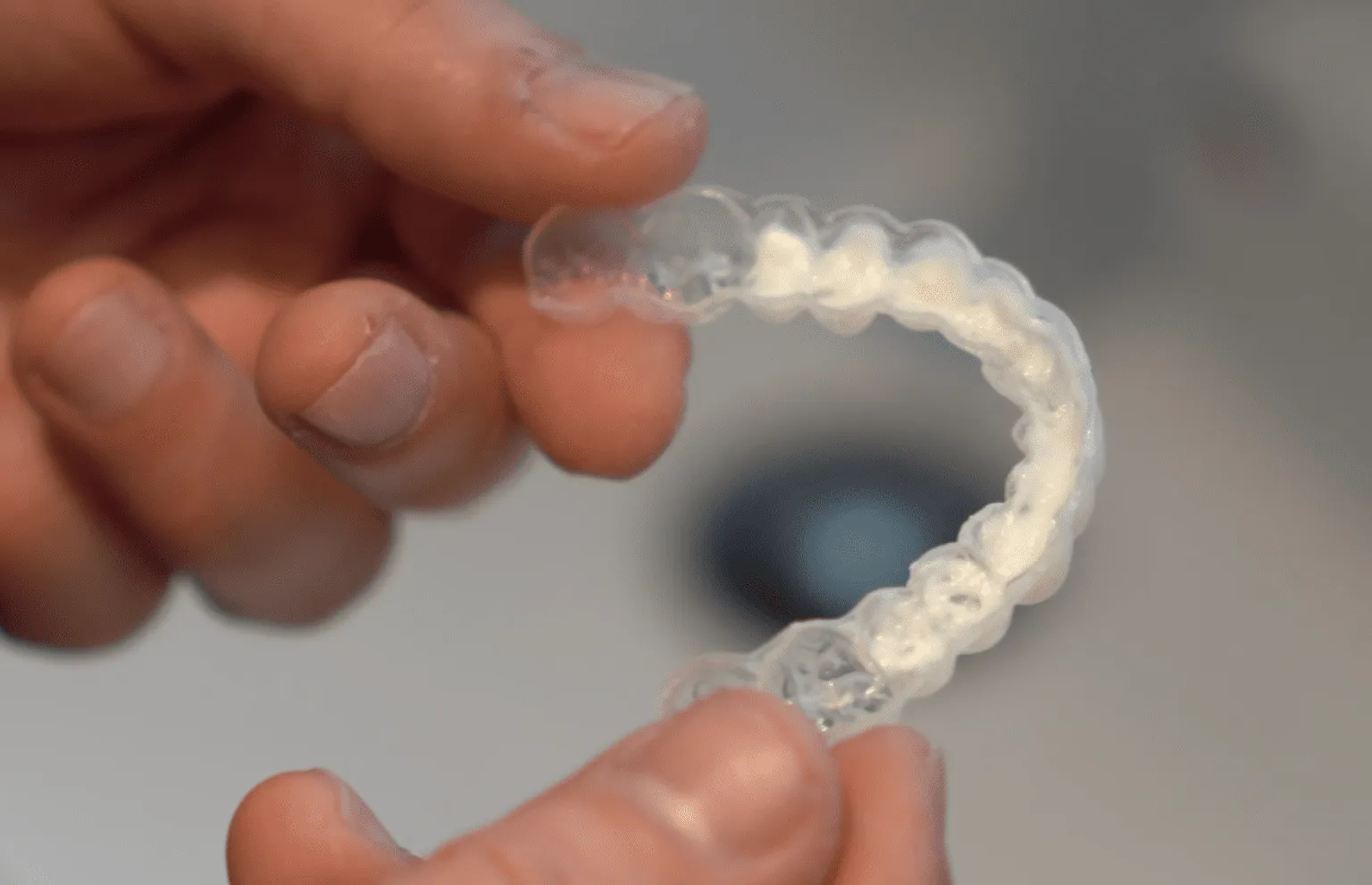Achieving a brighter, whiter smile is a common goal, and teeth whitening kits offer a convenient and accessible way to do so. These kits provide various methods to lighten the shade of your teeth, often at a fraction of the cost of professional treatments. However, understanding how these kits work, choosing the right one, and following instructions carefully are crucial for safe and effective results. This guide provides comprehensive teeth whitening kit instructions, ensuring you can achieve the dazzling smile you desire.
Understanding Teeth Whitening Kits
Teeth whitening kits typically work by using a bleaching agent, usually hydrogen peroxide or carbamide peroxide, to break down stains and discoloration on the enamel of your teeth. The concentration of the bleaching agent determines the effectiveness and the speed of the whitening process. Different types of kits offer various application methods, from strips and gels to toothpastes, each with its own set of instructions and considerations. It’s essential to understand the basics before you begin to ensure you’re using the product correctly and safely.
Types of Teeth Whitening Kits
Teeth whitening kits come in several forms, each designed to cater to different preferences and needs. Understanding the different types available allows you to choose the one that best suits your lifestyle and oral health situation.
Whitening Strips
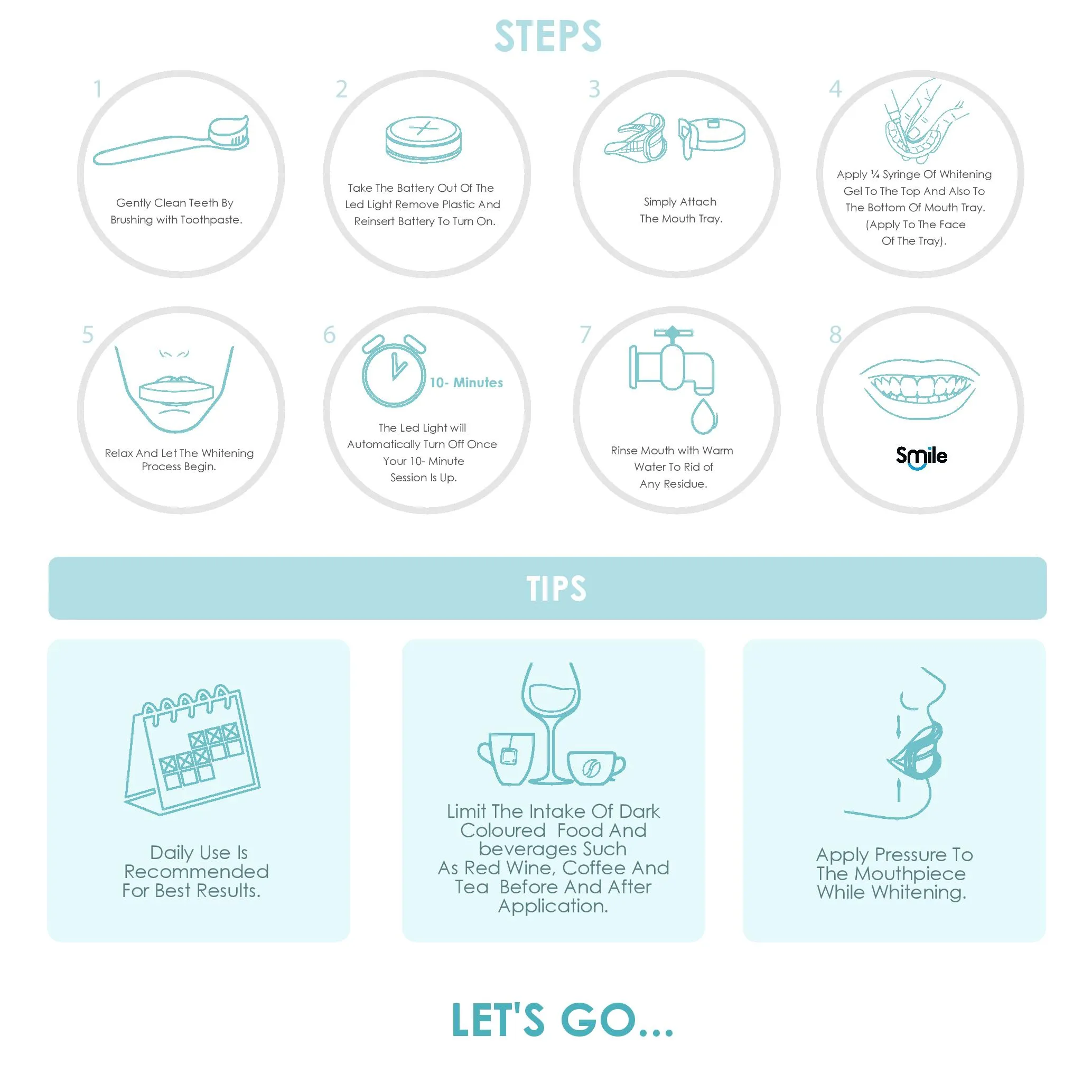
Whitening strips are thin, flexible strips coated with a peroxide-based whitening agent. They are easy to use and are applied directly to the teeth, adhering to the surface. The active ingredient penetrates the enamel to lighten the teeth. Whitening strips are a popular choice due to their convenience and ease of use. They are often recommended for people who want a simple application process, as you just peel, apply, and wait.
Whitening Gels and Trays
Whitening gels are applied to custom-fit or pre-fabricated trays that are then placed over the teeth. This method ensures even distribution of the whitening agent and maximizes contact with the tooth surface. Custom trays, made by your dentist, offer the best fit and can minimize gum irritation. Pre-fabricated trays are readily available and often come with the whitening gel. They are an effective method for those looking for more control over the whitening process.
Whitening Toothpastes
Whitening toothpastes contain mild abrasives and/or chemical agents that help remove surface stains. They are a good option for maintaining a bright smile and can be used as part of your daily oral hygiene routine. While they are effective at removing surface stains, they typically don’t provide the same level of whitening as strips or gels. They are often a good choice for those seeking a more gentle approach to teeth whitening.
Choosing the Right Teeth Whitening Kit
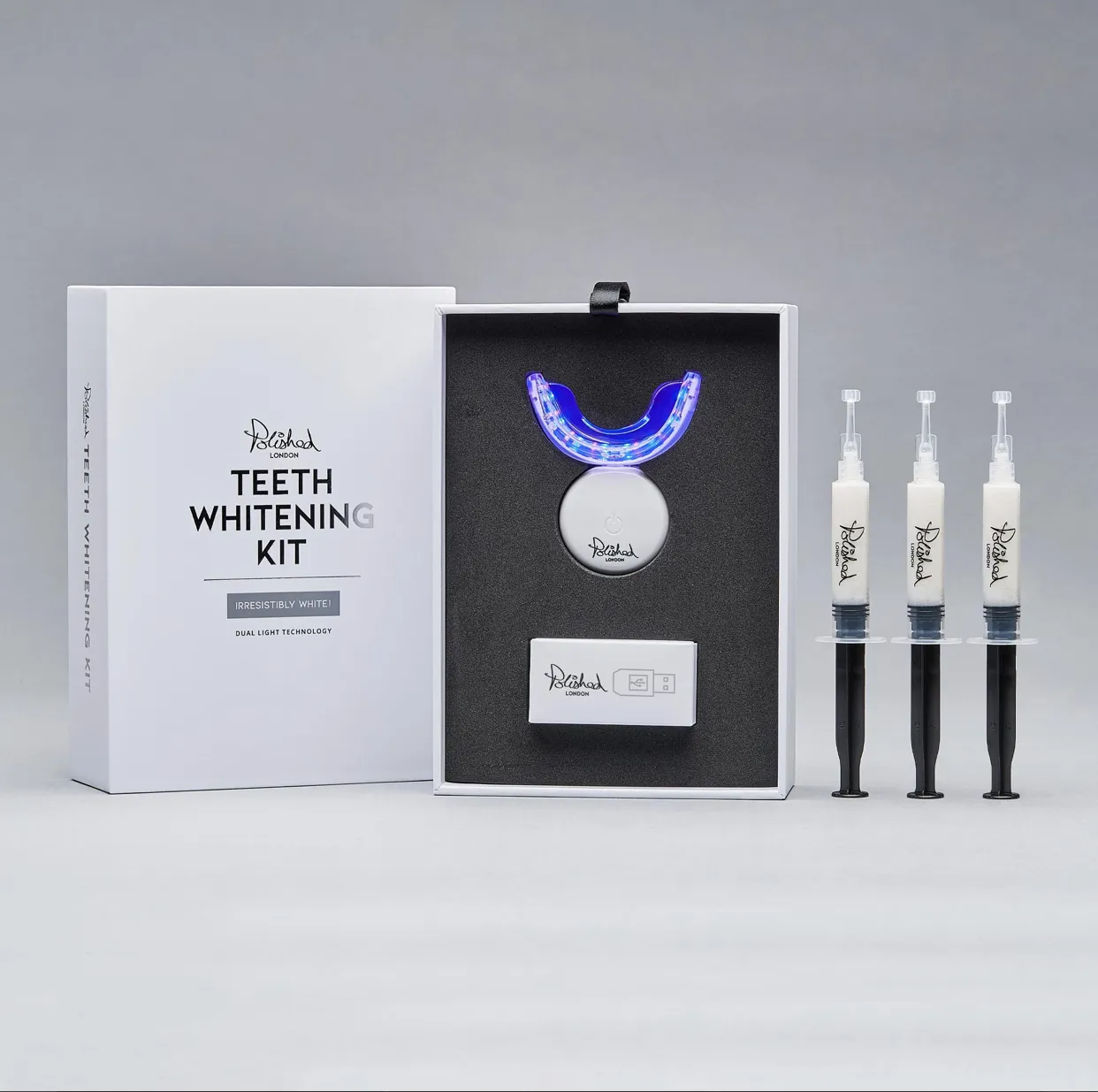
Selecting the right teeth whitening kit involves considering your teeth’s condition, sensitivity levels, and desired results. Higher concentrations of peroxide typically yield faster results but may increase sensitivity. Read reviews, and consider the brand’s reputation and whether it offers custom trays or convenient application methods. If you have sensitive teeth, opt for kits with lower concentrations or consult your dentist for recommendations.
Preparing Your Teeth for Whitening
Proper preparation ensures the best results and minimizes potential side effects. Before using any teeth whitening kit, a few steps are essential to take for the safest and most effective outcome.
Consulting Your Dentist
It’s always a good idea to consult your dentist before starting any teeth whitening treatment. Your dentist can assess your oral health, identify any existing dental issues (like cavities or gum disease) that might make whitening unsuitable, and provide personalized recommendations. They can also tell you if your teeth are good candidates for whitening. They may also recommend a professional cleaning to remove surface stains and enhance the whitening results.
Brushing and Flossing Before Application
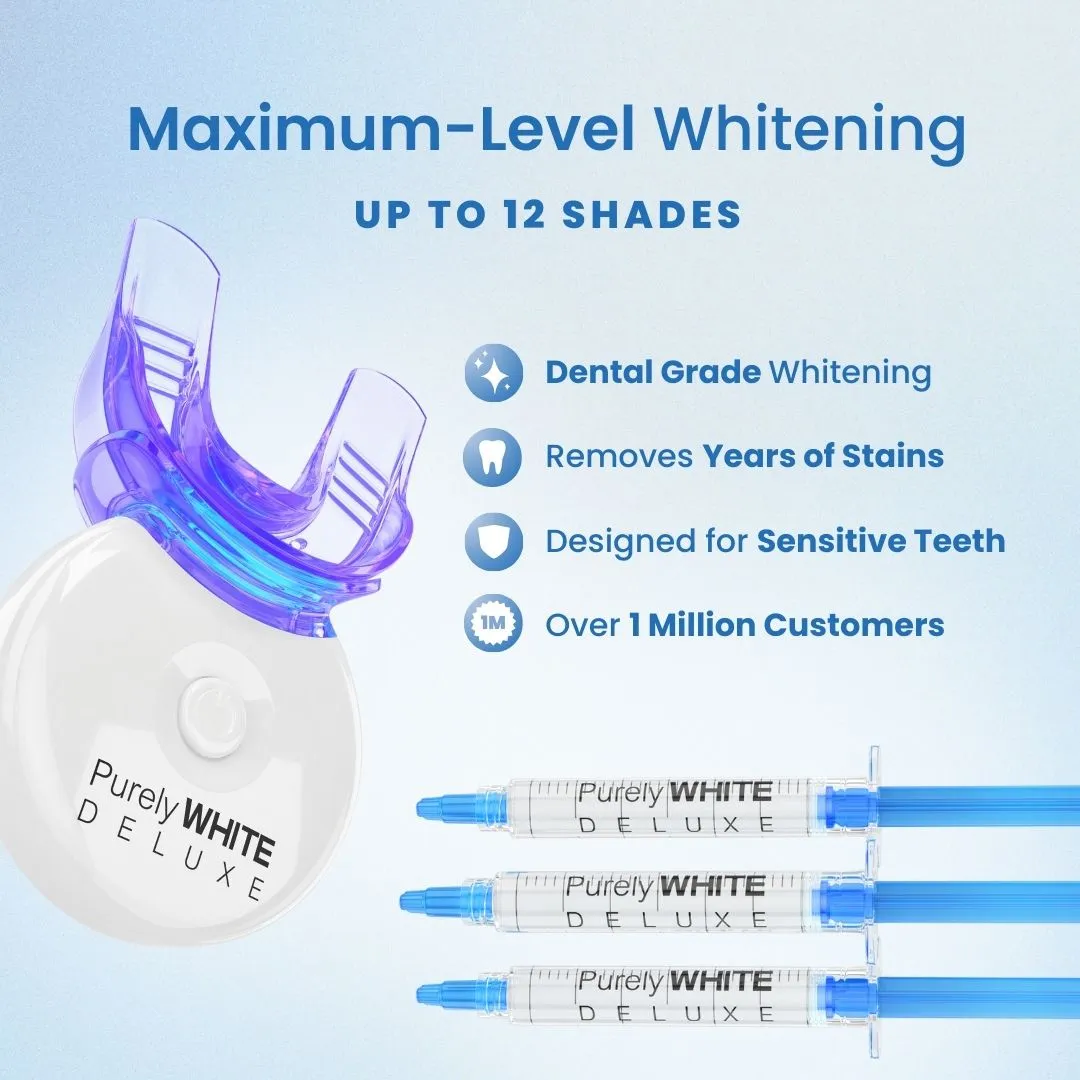
Before applying any whitening product, brush and floss your teeth to remove any food particles and plaque. This ensures that the whitening agent can effectively contact the tooth surface. Use a soft-bristled toothbrush and brush gently to avoid irritating your gums. Flossing helps remove debris from between your teeth, which can also affect the whitening process.
Reading the Kit Instructions
Carefully read and understand the instructions provided with your teeth whitening kit. Each product has specific guidelines for application time, frequency, and duration of treatment. Following the instructions precisely is crucial for achieving the desired results and minimizing the risk of side effects. Not following instructions may lead to ineffectiveness or increased sensitivity.
Step-by-Step Instructions for Using a Teeth Whitening Kit
Each type of teeth whitening kit has its own set of instructions. Here’s a breakdown of how to use each of the most common types:
Applying Whitening Strips
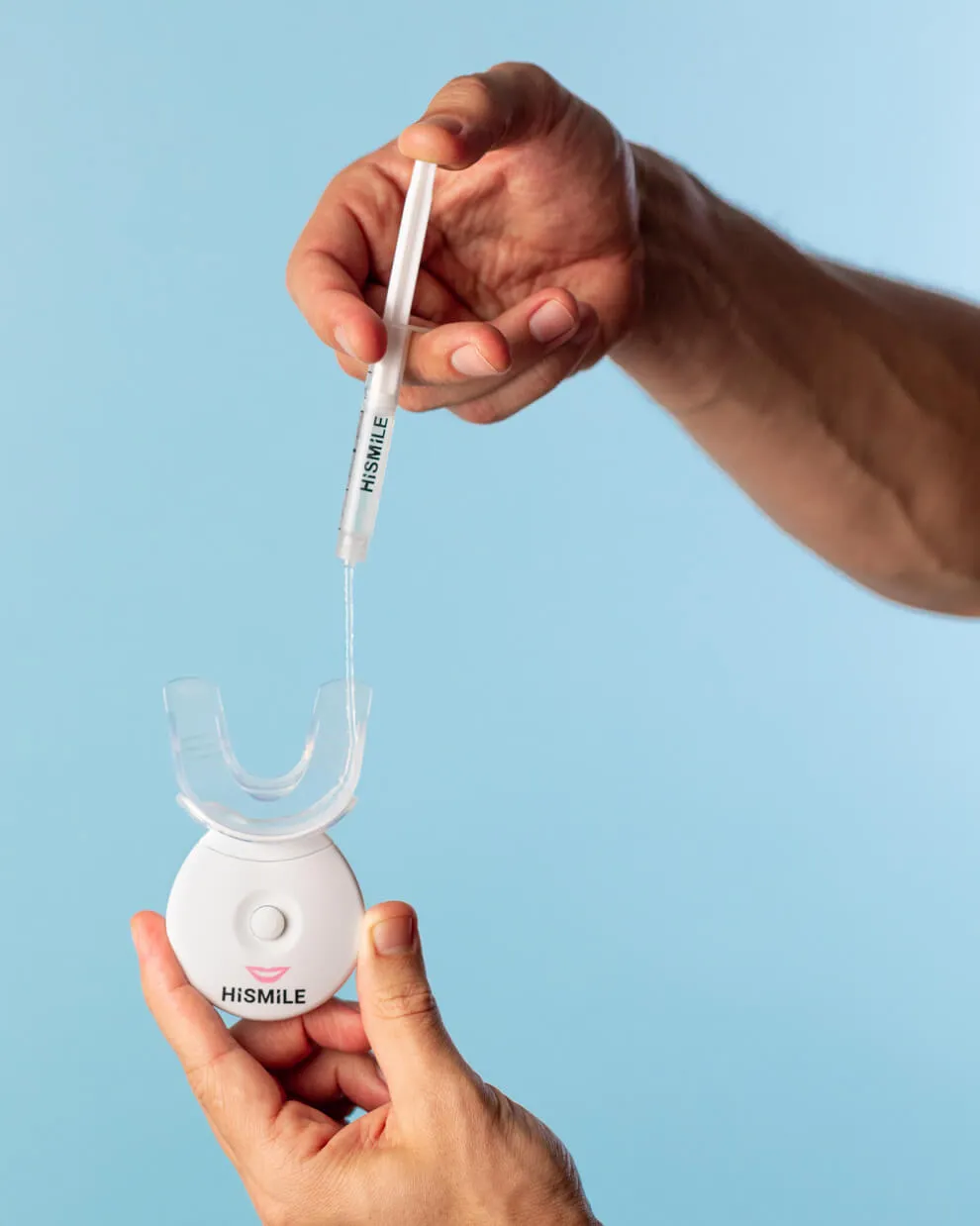
First, brush your teeth. Then, peel the whitening strips from the backing. Apply the strips to your upper and lower teeth, aligning them with your gum line. Gently press the strips to ensure they adhere properly to your teeth. Leave the strips on for the recommended time, usually 30 minutes to an hour, as indicated in the kit instructions. After the specified time, remove the strips and discard them. Rinse your mouth to remove any remaining gel.
Using Whitening Gel with Trays
Brush your teeth. Fill the trays with the recommended amount of whitening gel, as instructed by the kit manufacturer. Carefully insert the trays over your upper and lower teeth. Wear the trays for the recommended time, typically 30 minutes to several hours, depending on the product and the desired results. After the treatment time, remove the trays and rinse your mouth thoroughly. Clean the trays with water and store them as directed.
Using Whitening Toothpaste
Brush your teeth with the whitening toothpaste as you normally would, ensuring you cover all tooth surfaces. Use the toothpaste twice a day, or as directed on the product packaging. Since these toothpastes are often used as a maintenance product, ensure you follow the directions in order to get the best results.
Post-Whitening Care
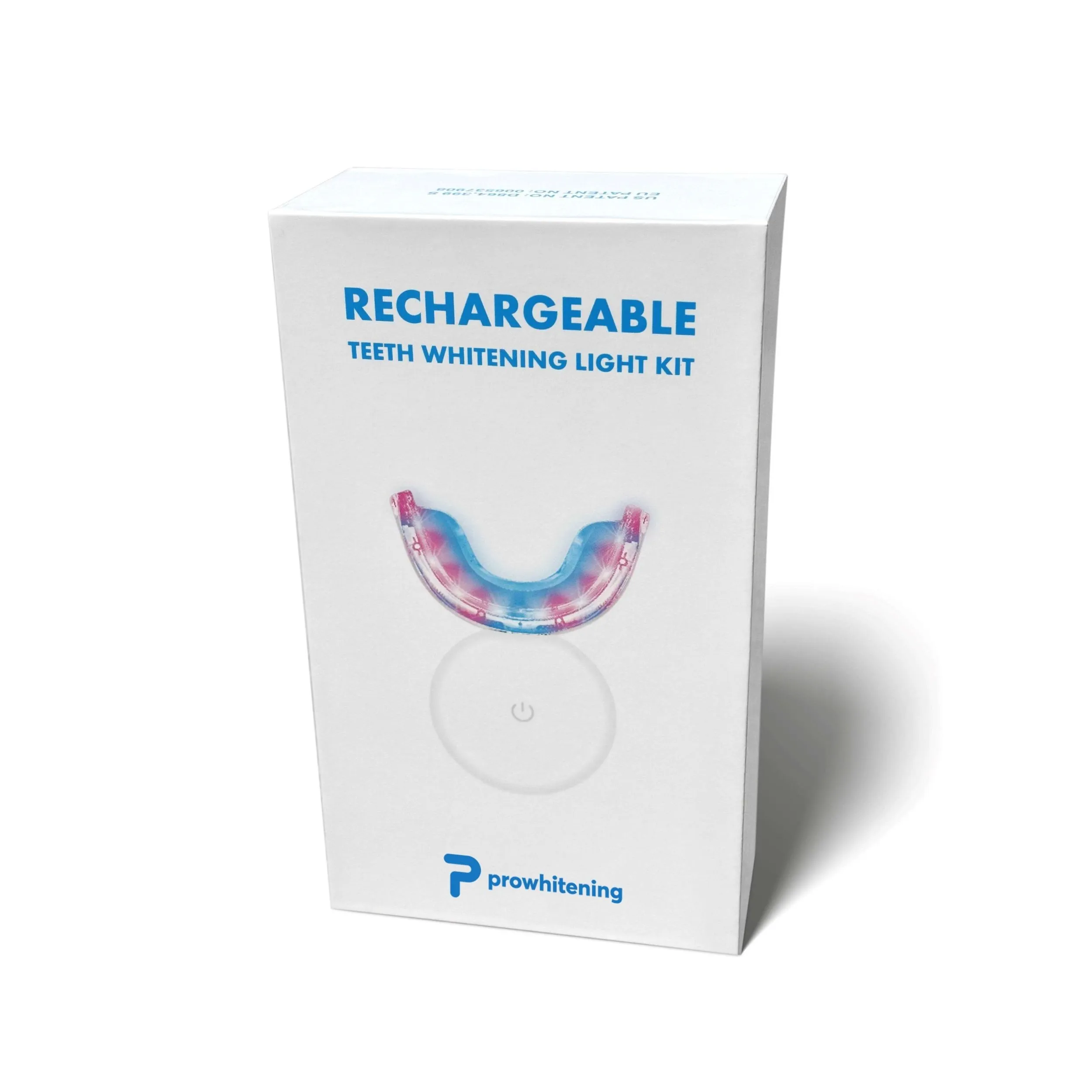
After completing the teeth whitening process, taking proper care is important to maintain your results and keep your smile bright.
Avoiding Staining Foods and Drinks
Certain foods and drinks can stain your teeth, especially immediately after whitening. Minimize your intake of coffee, tea, red wine, berries, and other darkly pigmented foods and beverages for the first few days after treatment. Using a straw can help reduce contact between staining drinks and your teeth. Maintaining a healthy diet and good oral hygiene are important in keeping teeth bright. Be mindful of what you eat and drink.
Maintaining Your Whitened Smile
To maintain your bright smile, continue practicing good oral hygiene, including brushing twice a day and flossing daily. Use a whitening toothpaste or mouthwash for maintenance. Consider occasional touch-up treatments with your whitening kit or consult your dentist for professional whitening options. Regular dental checkups and cleanings will help maintain your oral health and keep your teeth looking their best.
Potential Side Effects and Solutions
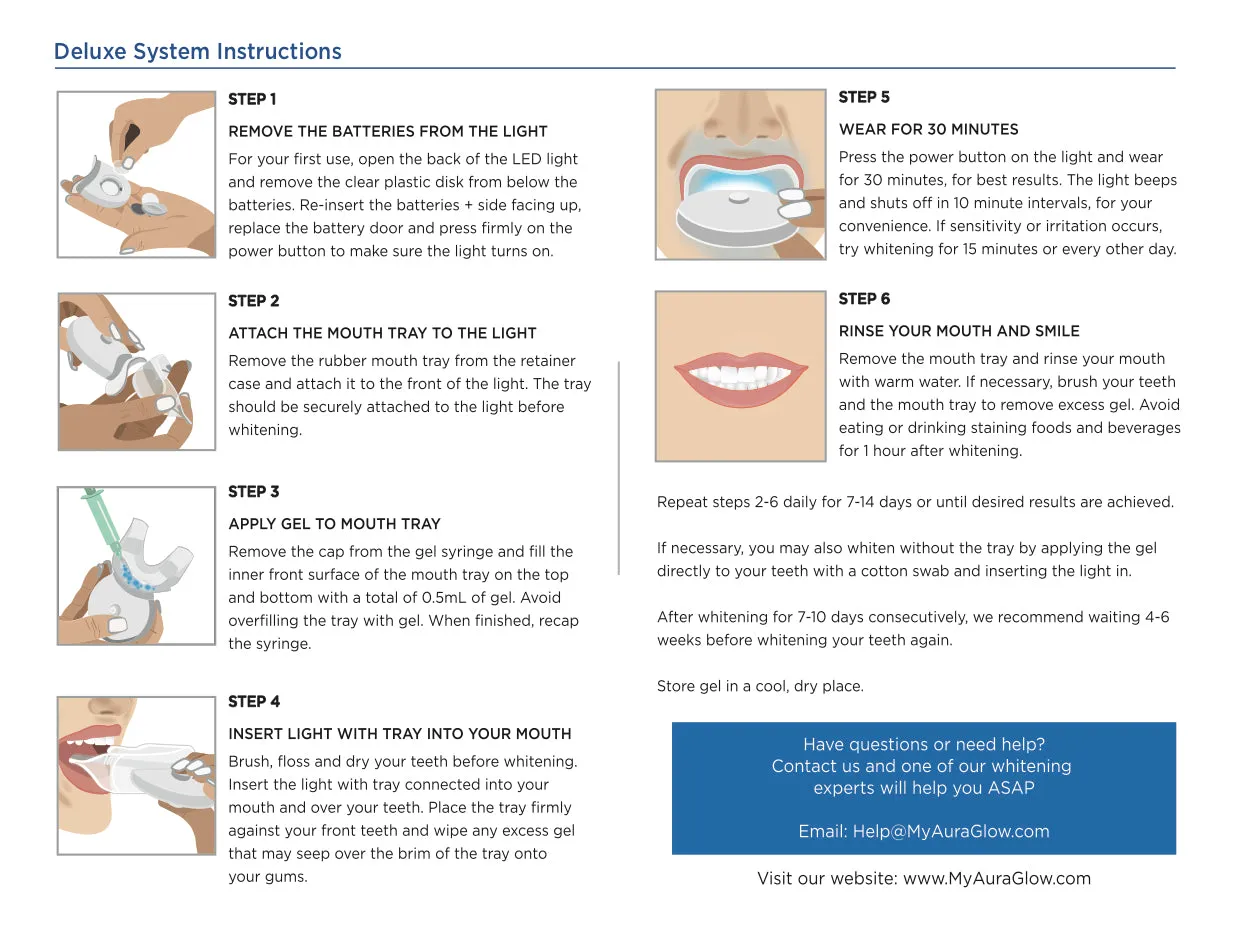
While teeth whitening kits are generally safe, some people may experience side effects. Understanding these potential issues and knowing how to address them is important.
Sensitivity
Tooth sensitivity is a common side effect of teeth whitening. This can occur due to the bleaching agent temporarily opening the pores in your enamel. If you experience sensitivity, you can try using a toothpaste designed for sensitive teeth, which helps block the nerve endings. Reduce the frequency or duration of your whitening treatments and consult your dentist if the sensitivity is severe or prolonged. Additionally, use a fluoride rinse to strengthen the enamel.
Gum Irritation
Gum irritation can occur if the whitening agent comes into contact with your gums. This is more likely with ill-fitting trays or excessive gel. Ensure the whitening product is used as directed, and avoid overfilling the trays. If you experience gum irritation, stop using the product and consult your dentist. They might recommend an alternative or suggest custom-fitted trays to protect your gums. Using trays that fit your teeth well will help avoid any unnecessary gum contact.
When to Seek Professional Help
If you experience any severe or persistent side effects, such as significant sensitivity, gum irritation, or changes in your bite, consult your dentist immediately. Also, if you’re not satisfied with the results of your at-home kit or if you have significant tooth discoloration, your dentist can offer professional whitening treatments that may be more effective. Your dentist can assess the cause of any adverse reactions, recommend appropriate solutions, and provide guidance to ensure your oral health remains a priority.
By following these teeth whitening kit instructions, you can safely and effectively brighten your smile. Remember to choose a kit that suits your needs, prepare your teeth properly, and follow the instructions meticulously. Maintaining good oral hygiene and taking care of your teeth after the whitening process is also important for a long-lasting, dazzling smile. With the right approach, you can achieve the brighter, more confident smile you’ve always wanted.
